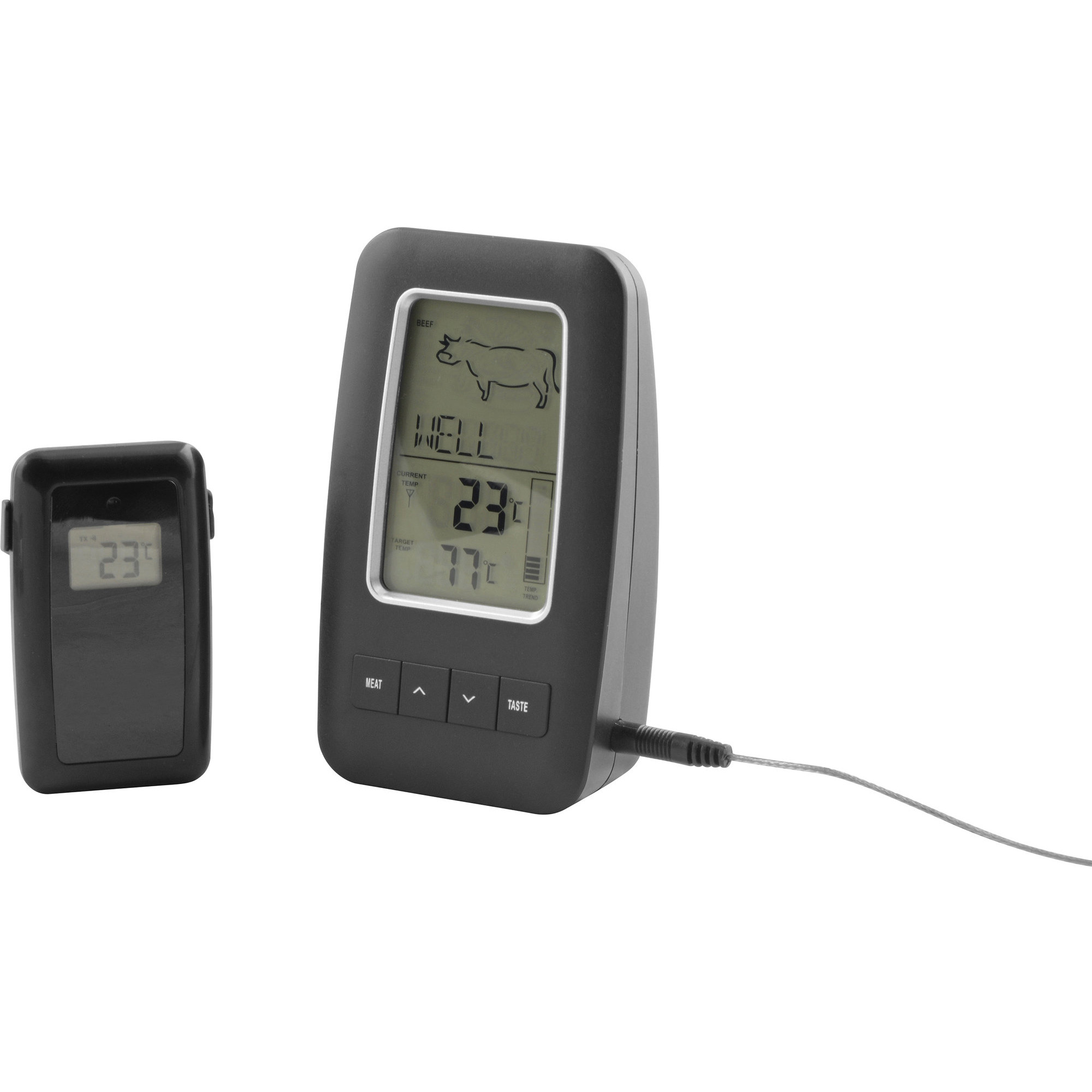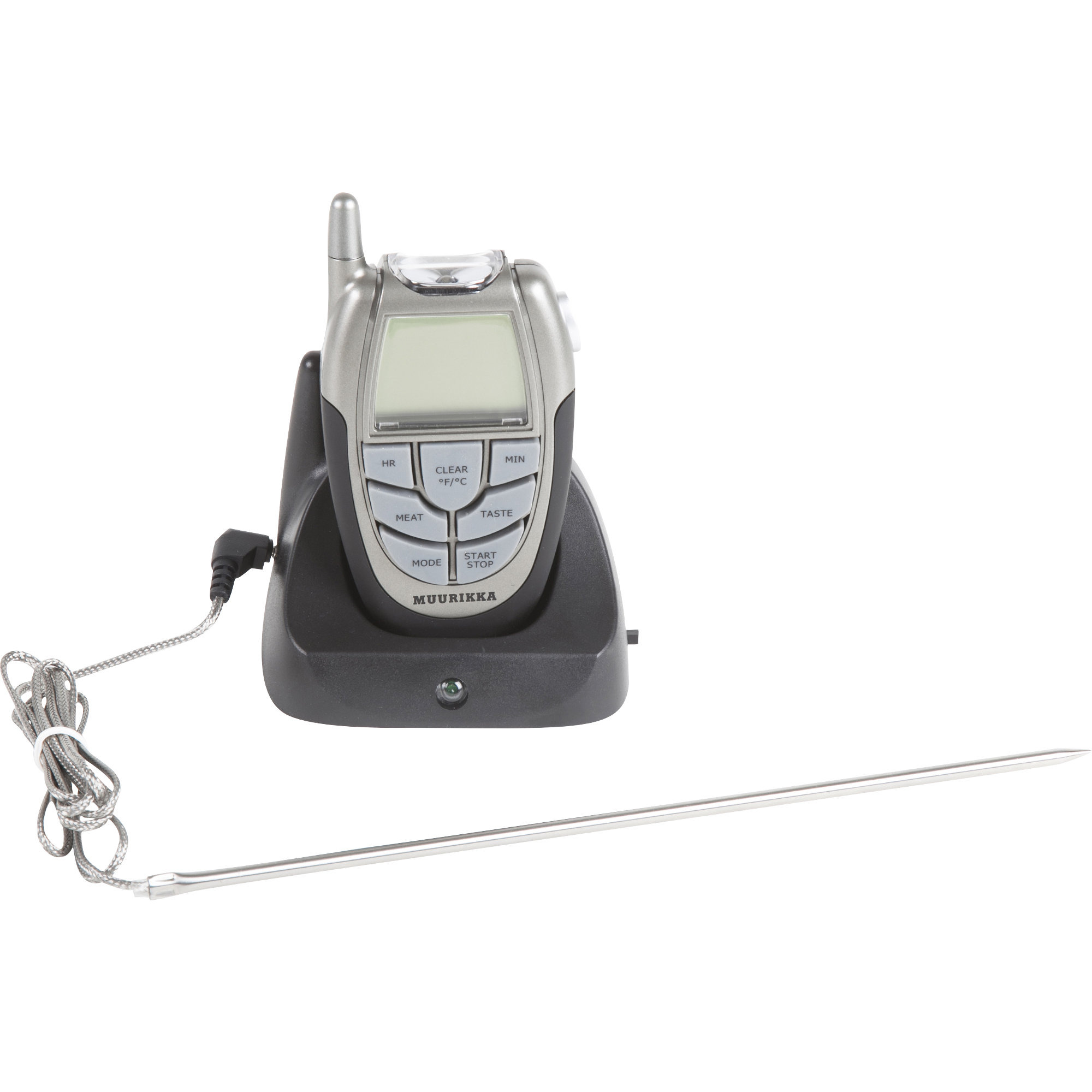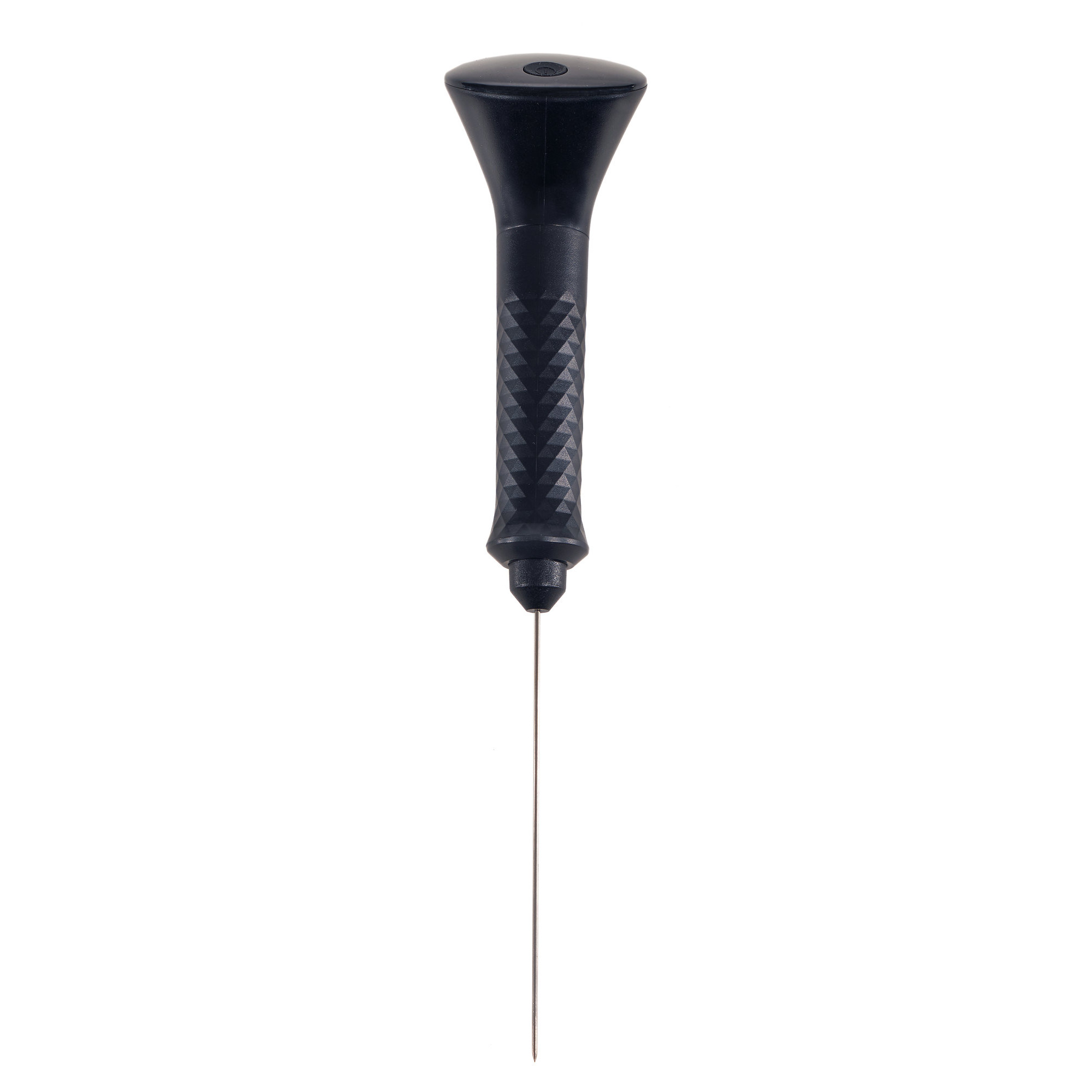
Introduction
Christmas is here and what could be better than a juicy, beautifully glazed Christmas ham adorning our tables? In this blog post, we dive into the heartwarming tradition of preparing a classic Swedish Christmas ham. Get ready to discover the steps, secrets and flavorful nuances that make this festive dish a true masterpiece.
Cooking the perfect Christmas ham is a noble art form that requires both knowledge and care. By following a few simple steps, you can create a juicy and tasty Christmas ham that will impress your guests. In this comprehensive guide, we’ll explore the history behind the Christmas ham, share some great recipes and give you valuable tips for making your own Christmas ham a success.
Table of Contents

The story behind the Christmas ham
The origin of Christmas ham
The history behind the Christmas ham stretches far back in time. Originally, the tradition comes from Germany where pork was eaten during the winter months to prevent the meat from going bad. It was common to slaughter pigs in the fall and then store the pork in special meat chambers to keep it fresh during the winter. This was especially important before the invention of modern refrigeration systems.
Christmas ham in the Swedish tradition
In Sweden, Christmas ham has a deep-rooted tradition and is one of the most loved dishes on the Christmas table. Traditionally, a rimmed and raw ham is used which is then boiled or baked. The ham is then grilled with egg, mustard and breadcrumbs to give it a crispy and tasty surface.
The Perfect Recipe for Christmas Ham
Cooking the Christmas ham is a process that requires time and care, but the result is well worth the effort.
Ingredients needed
Here are the basics to create a juicy and tasty Christmas ham:
- 1 rimmed Christmas ham (3-5 kg)
- 1 teaspoon allspice
- 5 bay leaves
- 1-2 yellow onions, in wedges
- 1-2 carrots, cut into pieces
Step-by-step instructions
- Prepare the ham by removing the plastic bag but keeping the netting on.
- Rinse the ham thoroughly in cold water and insert a meat thermometer into the thickest part.
- Place the ham in a large pot and cover with water. Add allspice, bay leaves, onions and carrots.
- Boil the water and skim off any foam that forms on the surface.
- Lower the temperature and let the ham simmer for about 1 hour per kilo, or until the roasting thermometer shows 68-70 degrees in internal temperature.
- Remove the ham and let it cool slightly before removing the netting.
- Prepare the grilling by mixing eggs, mustard and breadcrumbs in a bowl.
- Apply the grilling to the ham and place it in a preheated oven at 225 degrees for about 10-15 minutes, or until the grilling is golden brown and crispy.
- Remove the ham and let it rest for a few minutes before slicing it into thin slices.

Tips for Succeeding with the Christmas Ham
To be successful with your Christmas ham, it is important to follow some basic tips and tricks. Here are some valuable tips that will make a difference in your results:
Keep the net on the butt
The mesh on the Christmas ham acts as a protective barrier and helps preserve the shape and juiciness of the meat during cooking. Remove the plastic bag but leave the net in place until it’s time to grill.
Cook at low temperature
To ensure that the ham becomes juicy and tender, it is important to cook it at a low temperature. In the oven, a maximum temperature of 125 degrees is recommended, while a cooked ham should simmer at a low temperature.
Use a meat thermometer
A roasting thermometer is invaluable when it comes to achieving the correct internal temperature of the Christmas ham. Cook the ham to a maximum of 68-70 degrees in internal temperature and remember that the meat continues to rise a few degrees after it is taken out of the oven.
Season properly
To give your Christmas ham the perfect taste, don’t skimp on the spices. Pour in plenty of peppercorns, bay leaves, onions and carrots during cooking to produce a rich and tasty ham.
Grill with variety
Classic grilling with eggs, mustard and breadcrumbs is a timeless favorite, but don’t be afraid to experiment with different flavors and ingredients. Add chopped parsley, kale or orange zest to give your grilling a unique twist.
Final Thoughts
Cooking the perfect Christmas ham requires time, care and knowledge. By following our tips and recipes, you can create a juicy and tasty ham that will be the star of the Christmas table. Don’t be afraid to experiment with different flavors and grilling options to put your personal touch on the dish. With a little love and care, your Christmas ham will be a success and a memory that will last a long time.
Frequently Asked Questions about the Christmas ham
Can you buy unrhymed Christmas ham?
Yes, it is possible to buy unrhymed Christmas ham. Rimming is a process where the ham is treated with brine to give it extra flavor and longer shelf life. If you prefer a less salty ham, look for unsalted options at your local grocery store or farm.
What temperature should the Christmas ham be?
The recommended internal temperature for the Christmas ham is 68-70 degrees. It is at this temperature that the ham gets its classic “Christmas ham taste”. Remember to use a meat thermometer to check the temperature and avoid exceeding 75 degrees, as the meat may become dry.
How to avoid sticky grilling?
To avoid the grilling becoming sticky, it is important that the ham is properly cold before it is packaged. Allow the ham to cool completely after grilling and avoid wrapping it too early to avoid condensation and moisture in the packaging. Change the packaging regularly to keep the ham fresh longer.

Klassisk Julskinka
Equipment
Ingredients
Till Skinkan
- 1 st Skinka (valfri storlek)
- 2 st Nejlikor (hela)
- 1 st Gul lök (i bitar)
- 0,5 st Purjolök (i bitar)
- 1 st Morot (i bitar)
- 25 cl Porter(öl)
- 10 st Kryddpepparkorn
- 10 st Vitpepparkorn
- 1 st Timjankvist
Till Griljering
- 1 dl Senap (Svensk grovkornig rekommenderas)
- 1 dl Sirap
- 1 msk Majsstärkelse
- 1 dl Ströbröd
Instructions
Kokt Julskinka
- Skölj av skinkan i rinnande kallt vatten. Lägg sedan över julskinkan i en rymlig gryta. Skär ett kryss i svålen och stick ner en köttermometer.1 st Skinka
- Fyll på med vatten och koka upp. Häll sedan bort vattnet och skummet. Slå på nytt vatten, gärna kokande, precis så att det täcker julskinkan. Tillsätt grönsakerna och kryddorna. Koka sakta med locket på glänt tills julskinkan nått cirka 69 grader i kärntemperatur. Det tar ungefär 40-65 minuter per kilo skinka.2 st Nejlikor, 1 st Gul lök, 0,5 st Purjolök, 1 st Morot, 25 cl Porter(öl), 10 st Kryddpepparkorn, 10 st Vitpepparkorn, 1 st Timjankvist
- Ta ur julskinkan och svåla av den.
Griljering till julskinka
- Blanda ingredienserna till griljeringen (utom ströbröd) och pensla på julskinkan när den är varm. Det är viktigt att göra detta när skinkan fortfarande är varm för att undvika bakterietillväxt (vilket lätt händer när julskinkan svalnar och värms igen).1 dl Senap, 1 dl Sirap, 1 msk Majsstärkelse
- Strö över ströbrödet och griljera din julskinka i 200℃ grader ugn cirka 12-15 minuter tills den får fin färg.1 dl Ströbröd
Notes
Men serveras som regel under hela julen, som komplement till andra rätter eller som smörgåspålägg.Prova gärna en hårdbrödsmörgås med julskinka och stark söt senap



